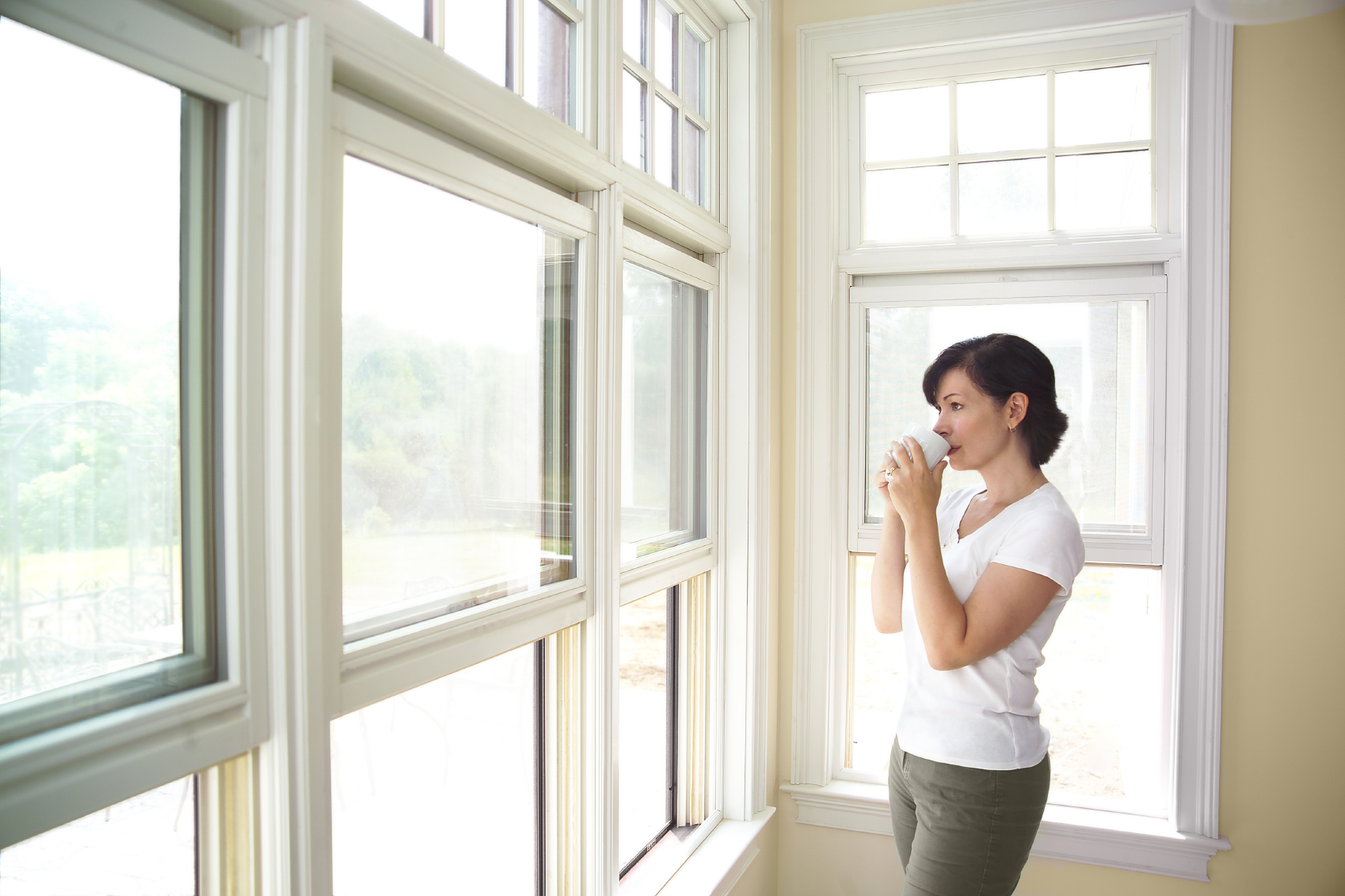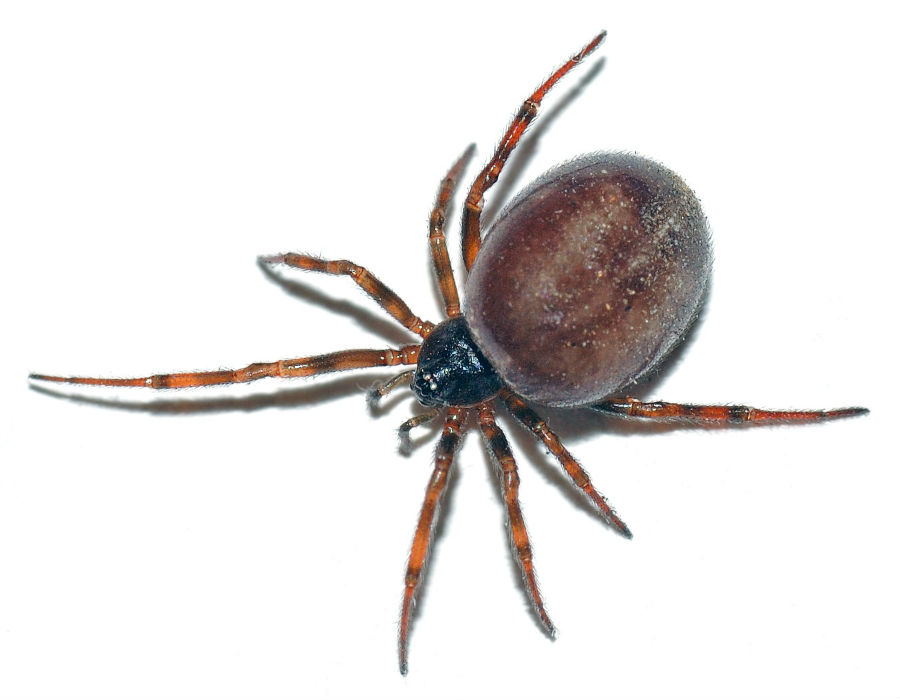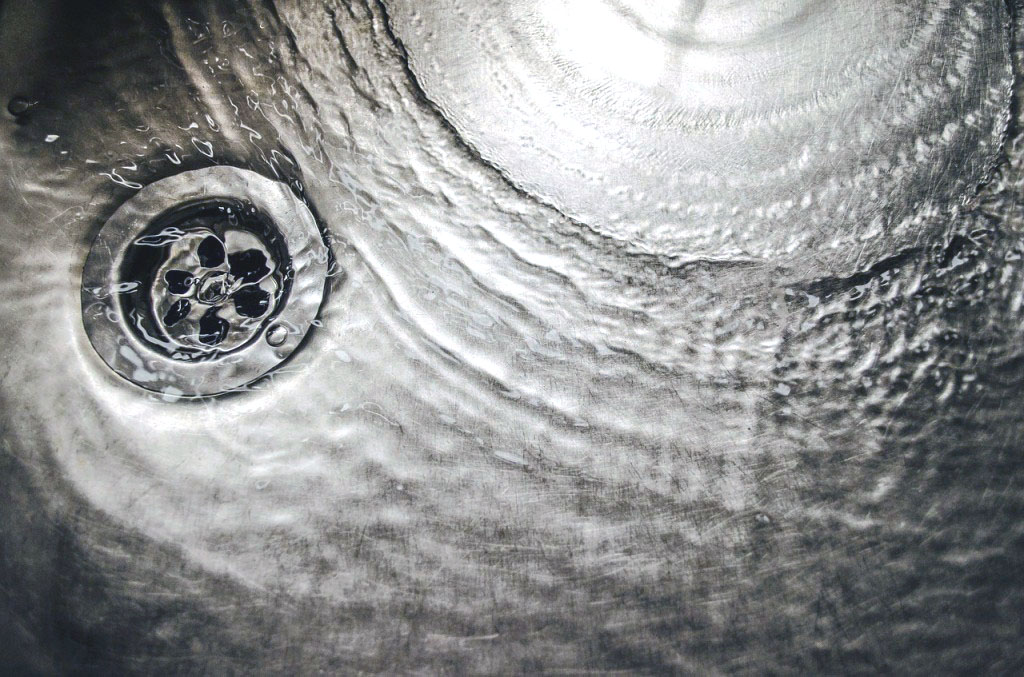Rodents:
This is the time of year when we start to hear about Rodents in the home due to the cold weather outside. Below are a list of the most common rodent pests and what kind of disturbances you might expect if your property becomes infested with them. These rodents are more commonly known as pests because of their ability to set up home in your property. They can be frequently found consuming food in both domestic and commercial properties. Although, some rodents are raised to be domesticated pets, considered cute and cuddly, wild rodents can cause a lot of damage to a property. Rodents can cause destruction to wood and gnaw on electrical cables; they also contaminate food, but most importantly they can spread disease.
| nocturnal | urine | scratching | gnawing | ThumpingLoud noises | Smear marks | Shredded paper and material | Droppings | |
| Mice | * | * | * | * | * | * | ||
| Rats | * | * | * | * | ||||
| Squirrels | * | * | * |
Why do Rodents Gnaw Things?
Rodents have four incisors at the front of their mouths that continue to grow throughout the life of the animal. The rodent therefore needs to gnaw continuously, at things such as wood, this reduces the size of their teeth. If the teeth are left then they will grow into a spiral, the animal will then not be able to eat. If a rodents tooth is pulled out or comes out accidentally, the tooth will never regrow and once again the animal will be less likely to be able to eat. Their teeth are designed specifically for gnawing which is why, if you have an infestation of rodents there is a likelihood of you having some form of gnawing issue.
What Diseases do Rodents Carry?
Rodents are well known for their ability to carry disease, but what types of diseases do they carry and why are they a problem.
Mice: Are known to Carry;
Salmonella bacteria: The Salmonella bacteria (Salmonellosis), causes a gastrointestinal infection and can infect both animals and humans. Usually the infection will last 4-7 days and in some more serious cases, those infected may need to be hospitalised. In extreme cases Salmonella has been known to lead to death, though generally this is in patients of higher risk such as, the very old, infants and those with low immunity.
Lymphocytic Choriomeningitis (LCMV): Lymphocytic Choriomeningitis, is a virus caused by rodents, and causes neurological disease in humans. People can become symptomatic from 8- 14 days after exposure to the disease. Symptoms have two phases, the first phase is less serious and can range from: fever; lethargy; loss of appetite, headache, nausea, malaise; vomiting; muscle, joint and testicular pain.
Not everyone suffers from the second phase of Lymphocytic Choriomeningitis, but if they do it is often following a few days of recovery. The second phase’s symptoms are much more serious than in phase one and include:
Meningitis: symptoms of which are; high-fever, stiff neck, headache, vomiting, a rash that does not disappear when pressed by a glass.
Encephalitis: Encephalitis causes drowsiness, confusion, sensory issues and loss or disruption of motor skills.
Mice also carry:
Leptospirosis: Leptospirosis is the infection of a bacteria known as Leptospira, and is spread by animals. In most instances leptospirosis only produces flu-like symptoms such as; headache, shivers and muscle pain.
However, in severe cases the infection is more problematic causing life threatening symptoms including; organ failure, and internal bleeding, but it is rarely fatal.
Meningoencephal: Meningoencephal, is inflammation of the brain.
Rats: are known to carry;
Rats carry similar diseases to mice, however their strain of Leptospirosis is more often likely to develop into…
Weil’s disease: Weil’s disease is a severe form of the bacterial infection Leptospirosis, where the bacteria infect organs. Weil’s only develops in around 10% of Leptospirosis cases. A secondary infection develops after the milder flu-like symptoms and a brief recovery time. Symptoms differ depending on the organ infected;
Brain: fever, high temperature, nausea, vomiting, confused mental state, drowsiness, aggression, seizures, loss of motor control and aversion to lights.
Liver, Kidney, Heart: Jaundice, nausea, loss of appetite, fatigue, swollen ankles, feet and hands, swelling of the liver, decreased urine, shortness of breath and rapid heartbeat.
Lungs: High fever, shortness of breath and coughing up blood.
Squirrels are known to carry;
Squirrels are known to carry diseases similar to Mice, but have also been connected with the spread of Rabies, however there is no clear evidence to support this.
What are The Most Common Types of Rodent Pests in the UK?
The most common rodent classified as pests in the UK are:
House Mice
Colour: dark grey/brown
Approximate length of body: length of the palm of the hand, between 5-8cm.
Droppings approximate size: mice droppings are the size of a grain of rice.
How do I know if I have mice?
Mice are nocturnal, so if you have mice then you will notice noises at night, particularly scratching or scampering, you might hear gnawing as they tend to eat through containers such as cereal boxes and biscuit wrappers in order to get to the food they contain. This food then becomes contaminated. Another thing commonly associated with mice, is the strong smell of urine as they are prone to urinate as they move around the house.
Breeding
Mice are rapid breeders, and have the ability to give birth every 3-4 weeks to five or six mice-pups at a time. Mice can produce around forty pups a year. Female mice are capable of conceiving at just over three weeks of age, although at this age they will produce less young. It is easy to see how quickly an infestation can develop.
Common/Norway/Brown or Sewer Rats
Colour: Brown with grey under hair.
Size of body: just under 30cm on average or the size of your forearm, from wrist to elbow.
Droppings: Dropping are bigger than a grain of rice.
The most common rat in the UK is known by several names including: the Norway Rat, Brown Rat, Sewer Rat and Common Rat. These pests are most commonly known for their damage to property, gnawing through the structural fabric of buildings, cables and wires, commonly causing electrical faults and wires and in the most extreme cases can cause structural collapse.
How do I know if I have Rats?
Things to look out for if you think you may have a rat infestation are; noises at night as rats are nocturnal, droppings; rat droppings are bigger than a grain of rice, shredded paper or material and also smear marks on skirting boards caused by their oily fur.
Breeding
Rats can be sexually mature from around 5 or 6 weeks of age and are able to give birth to a litter of about 10-12 rat-pups at a time. Rat gestation period is from 21-28 days, and they will be ready for procreation from 24 hours after giving birth. Giving us a breeding cycle period of between 4-5 weeks.
Squirrels
There are two breeds of squirrel in the UK, the red and the grey. The Red Squirrel is indigenous to Britain and have been growing smaller in numbers every year since the Grey Squirrels introduction in 1876 by the Victorians. Grey Squirrels were originally from North America, and due to their greater ability to source edible food and rival for the Red Squirrels habitat. Grey Squirrels, can also be carriers of Parapox Virus, which is lethal to the Red Squirrels.
According to Geneticist Helen McRobie and Dr Alison Thomas, a professor of life sciences
at Anglia Ruskin University Cambridge , Black Squirrels are mutated Grey Squirrels, they pass on a gene that only allows the growth of Black hair rather than; black, white and red. This mutation also has the ability to make the Black Squirrels more aggressive than the Grey Squirrels and less susceptible to disease. The Black Squirrel does seem to be slowly spreading across the country, taking over habitats usually inhabited by the grey squirrels. The Red Squirrel is an endangered species, however both the Grey and the Black Squirrels are considered pests in this country.
Colour: A mix of Grey looking Black and White fur with a smattering of Red fur.
Approximate Size: Average UK squirrel size is between 30-50cm in length tail length varies.
Droppings: size of droppings are a similar size to rats.
How do I know I have Squirrels?
If you have a Squirrel nesting in your loft, you may be hearing loud thumping noises both day and a night, most often at sunrise and sunset. They can damage, and potentially cause fire hazards by chewing through electrical wires. You might also see evidence of nesting, disrupted or shredded loft insulation or paper. Squirrels, are constantly looking for sheltered nesting sites and lofts and attics prove to be ideal locations.
How do Squirrels get into my loft?
Squirrels can often find ways into a loft or attic via weakened or rotten soffits or misplaced roof tiles. Although if there is no obvious place they will chew their way into the loft area, making holes just under the roof line or around a dormer.
Breeding
Squirrels breed twice a year, between either December to February or May to June. Squirrel gestation is about 45 days, so the squirrel kittens are born between either February to March or May to June, and each litter will contain 2-6 kittens.
How do I get rid of a Rodent pest if I have been infested?
There are many products on the market that can be bought over the counter at hardware shops or online, however these products are poisons and should always be handled with care. A professional pest-controller knows how to safely apply the poisons and other products in use, he is an expert in dealing with all types of Rodents, and will know what to expect as well as the most humane application of the products he uses. A professional also knows the law regarding the disposal of such pests. A pest Rodent should not be released back into the wild. Most people dislike the idea of harming animals, even if they are pests causing damage and disruption. A professional will be discreet and because they know exactly where to target a pest problem, making the job that much faster, they are also able to expel the pest in the most humane way.
Professional pest-controllers
If you decide that professional is the best road to go down when dealing with a pest problem then please click on an area near you from the links below:
Liverpool: www.pestcontrol-liverpool.co.uk
Chesterfield: www.bkpestcontrol.co.uk
Rochdale: www.pestcontrolrochdale247.co.uk










